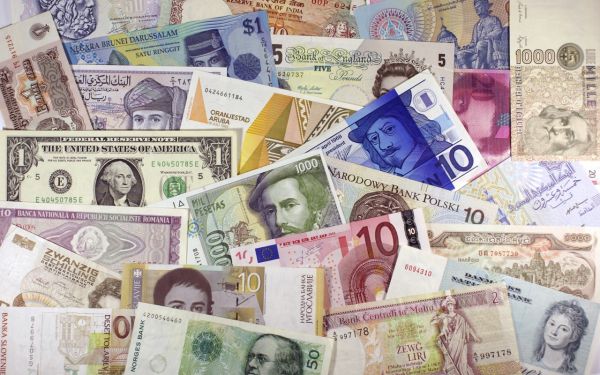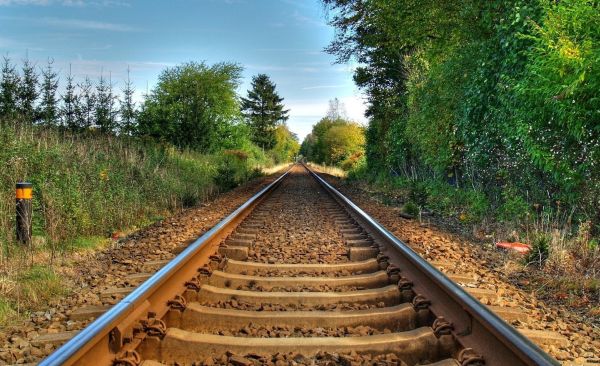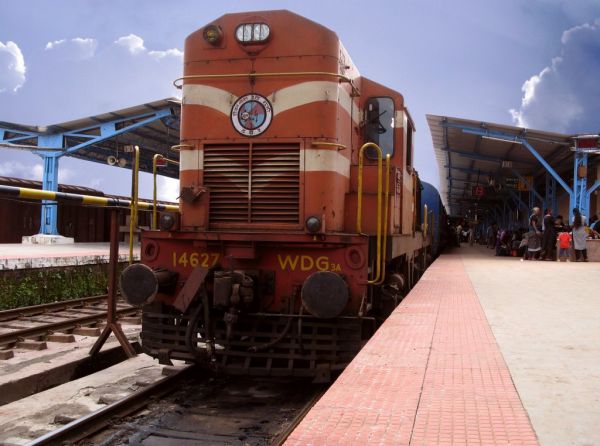Recently Narendra Modi led BJP government at the center took a major decision to allow 100% foreign equity in Indian Railways for some of the big-ticket projects. Indian Railways has not been doing well for the last couple of decades and this step can become a major stride towards better growth of this rail network, which is 160 years old.

Operating Ratio of Indian Railways
Over the years, operating ratio of Indian Railways that is a parameter commonly used for measuring efficiency of any rail system was very high at 95% when checked in 2010, which was at 80% in 1950 while healthy benchmark is considered about 75%. The ratio is calculated based on the revenue percentage that is expended for maintenance as well as day-to-day functions. It is expected that increase in foreign equity will help to improve this situation.
Diamond Quadrilateral Rail Network
In addition to it, Narendra Modi is also planning to implement diamond quadrilateral railway network in which high speed trains will inter connect the four metros and other major cities in the country. Such a network will help people reach any destination within 24 hours by using the railway and road infrastructure.

Focus Areas for Foreign Equity Investment
The areas in which 100% foreign equity will be allowed include sub-urban railroad networks, train system of high speed and different freight projects. One initial such project is the high speed railway system being planned between Ahmedabad and Mumbai which will cost nearly $10 billion while within the next 6 years a freight corridor is being planned to be implemented that will require $13 billion.
Private-Public Partnership Model
From the time economic reforms were started in 1991, this is the first major step by country to modernize the railway network through different projects based on private-public partnership model. The railway minister has provided an estimate of $38 billion that will be required for completely modernizing as well as upgrading the railway network within the next 10 years.
For implementation of these projects coaches, technology and engines required for high-speed trains will be bought and proper infrastructure will be developed within the country to support these projects.
Thus as we can see the railway network in India has been lagging behind for some time now and foreign equity investment is expected to usher in new life into the system and revive growth of one of world’s oldest rail networks.



